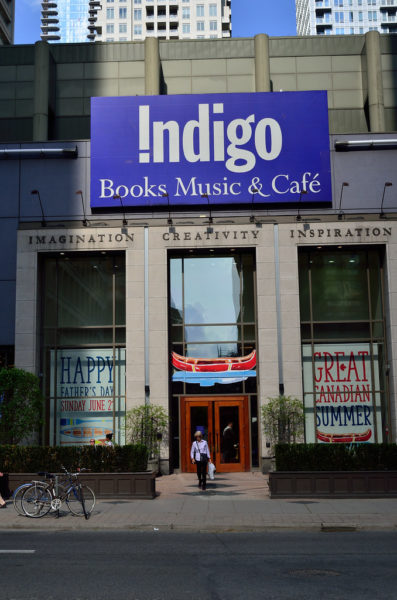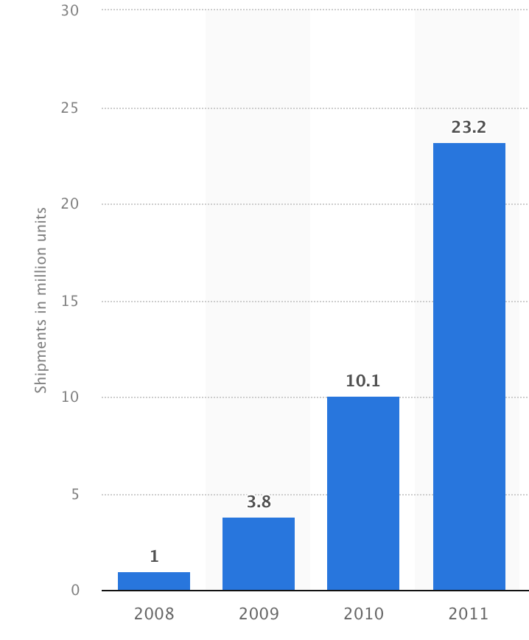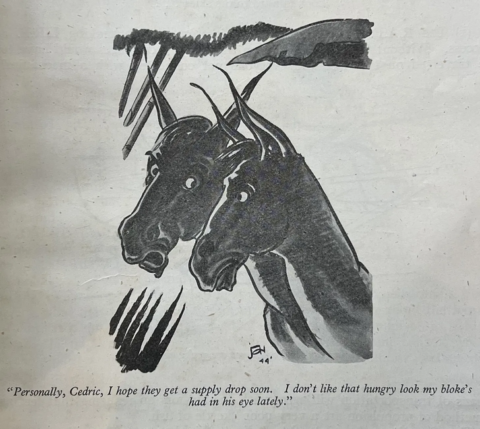 The first thing worth clearing up about the Roman roads is that, contrary to a lot of popular belief, the Roman roads were not the first of their kind. And I mean that in a variety of ways: the construction of roadways with a solid, impermeable surface (that is, not just clearing and packing dirt) was not new with the Romans, but more importantly the concept of knitting together an empire with a system of roadways was not new.
The first thing worth clearing up about the Roman roads is that, contrary to a lot of popular belief, the Roman roads were not the first of their kind. And I mean that in a variety of ways: the construction of roadways with a solid, impermeable surface (that is, not just clearing and packing dirt) was not new with the Romans, but more importantly the concept of knitting together an empire with a system of roadways was not new.
The oldest road network that we have pretty good evidence for was the Persian Royal Road of the Achaemenids but these too were not the first (the Achaemenid dynasty ruling a vast empire from 559 to 330 BC; this is the Persian Empire of Xerxes and Darius III). Even before them the Assyrians (Middle and Neo-Assyrian Empires running from 1363 to 609 BC)1 had build roadways to hold together parts of their empire, though I confess I know very little of the extent of that road system except that we’re fairly sure it existed and like the later systems we’re going to talk about, it included not just the physical infrastructure of the roads but a sophisticated relay system to allow official messengers to move very rapidly over the network.
The modern perception of the Persian Royal Road is conditioned perhaps a bit too much by Herodotus who described the royal road – singular – as a single highway running from Susa to Sardis. Susa was one of several Achaemenid royal capitals and it sat at the edge of the Iranian plateau where it meets the lowland valley of Mesopotamia, essentially sitting right on the edge where the Persian “heartland” met the area of imperial conquests. Meanwhile, Sardis was the westernmost major Achaemenid administrative center, the regional capital, as it were, for Anatolia and the Aegean. So you can see the logic of that being an important route, but the road system was much larger. Indeed, here is a very rough sketch of how we might understand the whole system.
Compare the dashed line – the Royal Road as described by Herodotus – with the solid lines, the rest of the system we can glean from other sources or from archaeology and you can see that Herodotus hasn’t given us the whole story. For what it is worth, I don’t think Herodotus here is trying to lie – he has just described the largest and most important trunk road that leads to his part of the world.
This system doubtlessly emerged over time. Substantial parts of the road network almost certainly predated the Achaemenids and at least some elements were in place under the first two Achaemenid Great Kings (Cyrus II, r. 559-530 and Cambyses II, r. 530-22) but it seems clear that it is the third Achaemenid ruler, Darius I (r. 522-486; this is the fellow who dispatched the expedition defeated at Marathon, but his reign was far more important than that – he is the great organizer of the Persian Empire) who was responsible for the organization, formalization and expansion of the system. And in practice we can split that system into two parts, the physical infrastructure of roads and then the relay system built atop that system.
In terms of the physical infrastructure, as far as I can tell, the quality of Persian Royal Roads varied a lot. In some areas where the terrain was difficult, we see sections of road cut into the rock or built via causeways over ravines. Some areas were paved, but most – even most of the “royal” roads (as distinct from ancillary travel routes) were not.2 That said, maintenance seems to have been more regular on the royal roads, meaning they would be restored more rapidly after things like heavy rains that might wash an unpaved road out, making them more reliable transport routes for everyone. They also seem to have been quite a bit wider; Achaemenid armies could have long logistics tails and these roads had to accommodate those. Several excavated sections of royal roads are around 5m wide, but we ought to expect a lot of variation.
On top of the physical infrastructure, there was also a system of way-stations and stopover points along the road. These were not amenities for everyone but rather a system for moving state officials, messengers, soldiers, and property (like taxes). While anyone could, presumably, walk down the road, official travelers carried a sealed travel authorization issued by either a satrap (the Persian provincial governors) or the king himself. Such authorizations declared how many travelers there were, where they were going and what the way-stations, which stocked supplies, should give them. Of course that in turn meant that local satraps had to make sure that way-stations remained stocked up with food, fodder for animals, spare horses and so on. Fast messengers could also be sent who, with that same authorization, would change horses at each way-station, allowing them to move extremely fast over the system, with one estimate suggesting that a crucial message could make the trip from Sardis to Susa – a trip of approximately 2,500km (1,550 miles, give or take) in twelve days (by exchanging not only horses, but riders, as it moved).
All of which gives some pretty important clues to why royal roads were set up and maintained. Notice how the system specifically links together key administrative hubs, like the three main Achaemenid capitals (Susa, Ekbatana and Persepolis) and key administrative centers (Memphis, Sardis, Babylon, etc.) and that while anyone can use the roads, the roads serve as the basis for a system to handle the logistics of moving officials and state messages, which of course could also serve as the basis for moving armies. After all, you can send messengers down the royal roads, through the existing system set up for them, to instruct your satraps to gather local forces or more importantly to gather local food supplies and move them to the road in depots where the army can pick them up (and perhaps some local troops) as it moves through to a nearby trouble spot (while the nice, wide road allows you to bring lots of pack animals and carts with your army).
In short this is a large, expensive but effective system for managing the problem of distance in a large empire. Cutting down travel and message times reduces the independence of the satraps, allowing the Great King to keep an eye on them, while the roads provide the means to swiftly move armies from the core of the empire out to the periphery. We can actually see this play out with Alexander’s invasion. He crosses into Asia in 334 and defeats the local satrapal army at Granicus in 334. Moving into the Levant in 333, he’s met at Issus by Darius III with a massive army, collected from the central and western parts of the empire – which means that news of Alexander’s coming has reached Darius who has then marshaled all of those troops from his satrapies (and hired some mercenaries), presumably using his efficient message system to do it and then moved that force down the road system to meet Alexander. Alexander defeats that army, but is met by another huge army at Gaugamela in 331, this time gathered mostly from the eastern parts of the empire. While the Persian army fails in defeating Alexander, the exercise shows the power of the system in allowing the Great King, Darius III to coordinate the military efforts of an enormous empire.
So this is a system meant to enable the imperial center to control its periphery by enabling the court to keep tabs on the satraps, to get messages to and from them and move armies and officials (and taxes!) around. And doubtless it was also not lost on anyone that such a visible series of public works – even if the roads were not always paved and had to be repaired after heavy rains and such – was also an exercise in legitimacy building, both a visual demonstration of the Great King’s power and resources but also a display of his generosity and industry.
And I lead with all of that because the Roman road network works the same way, just on an even larger scale. Which isn’t to say the Romans were copying the Achaemenids (they don’t seem to have been) but rather that this is a common response to the problem of managing an uncommonly large empire.
Bret Devereaux, “Collections: Roman Roads”, A Collection of Unmitigated Pedantry, 2023-06-02.
1. The Middle Assyrian Empire and the Neo-Assyrian or New Assyrian Empires were, in fact, the same state. We split them up because of a severe contraction in Assyrian power during the Late Bronze Age Collapse.
2. On this, see Henkelman and Jacobs, 727-8













